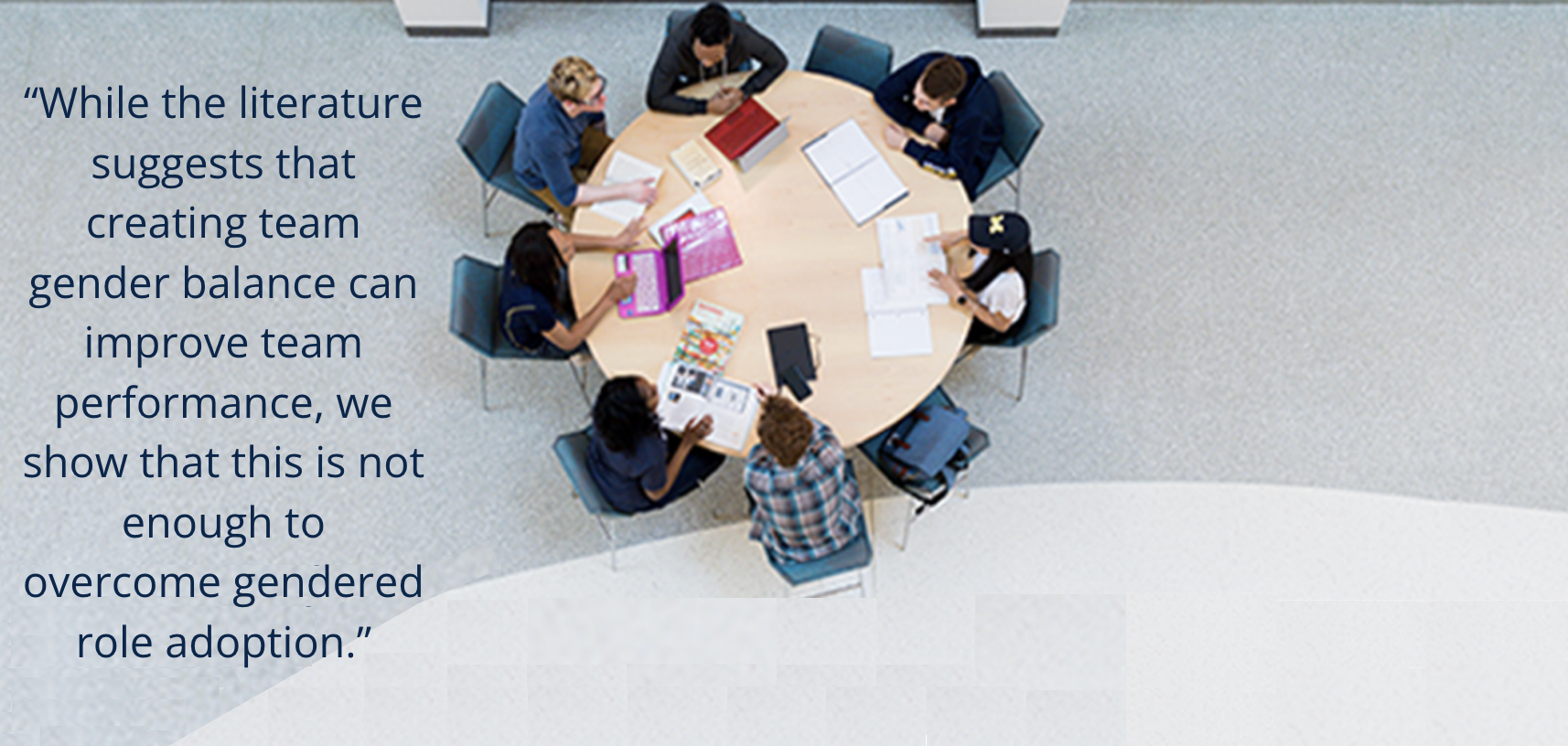Inclusive and Equity-focused Teaching (EfT)
DEI in the Engineering Education Ecosystem
CRLT-Engin Director, Dr. Tershia Pinder-Grover, speaks to ASEE TV during the 2023 American Society for Engineering Education (ASEE) Conference.
CRLT-Engin Equity-focused Teaching Vision
Welcome to our website! CRLT-Engin provides a range of resources to support faculty, postdocs, graduate student instructors (GSI), and undergraduate instructional aids (IA) in incorporating equity-focused teaching practices. The materials provided in this website are designed to support those efforts, helping members of the College of Engineering (CoE) instructional community promote an equity-focused teaching (EfT) mindset and incorporate evidence-based practices that will engage and support all students. Through the adoption of sustained and intentional practices, these efforts will ultimately allow the engineering profession to more fully include all segments of our society, including those individuals who have been historically underrepresented within engineering and underserved by the fruits of engineering work.
Why Equity?
Michigan Engineering is undergoing a DEI Culture Shift, and moving towards embedding equity-centered engineering in all aspects of the college including the curriculum. CRLT-Engin is prepared to support instructors with this initiative. Over the course of several years our center has been shifting from an inclusive teaching framework to one that is more focused on equity. Although teaching inclusively is important because it has the potential to create spaces where students feel valued and supported in their learning, it does not recognize the systemic inequities embedded in our courses and curricula. Through an inclusion lens, instructors are encouraged to include the voices of all students in their classroom, without also being asked to consider which voices have been persistently excluded or marginalized within the classrooms and in the field.
For example, research conducted at Michigan Engineering a few years ago revealed stereotypic role adoption along gender lines during final group presentations for first year students. While men were more likely to present the technical portions of the presentation, speak longer, and answer more audience questions in comparison to women; students self-reported that the biggest gains in learning come from taking on more active parts of the presentation. Given the collaborative nature of engineering disciplines, it’s important for instructors to be aware of how patterns of social inequities filter into the classroom. If instructors are aware of historical and contemporary patterns of inequities and embrace a more, equity-focused lens, they can purposefully design courses, assignments, and assessments and deliberately facilitate learning in such a way that disrupts and corrects for those patterns of inequity.
To view the CRLT/CRLT-Engin Diversity, Equity, & Inclusion (DEI) strategic plan click here.

Reference: Meadows, L. A., & Sekaquaptewa, D. (2013, June), The Influence of Gender Stereotypes on Role Adoption in Student Teams Paper presented at 2013 ASEE Annual Conference & Exposition, Atlanta, Georgia. 10.18260/1-2–22602
